
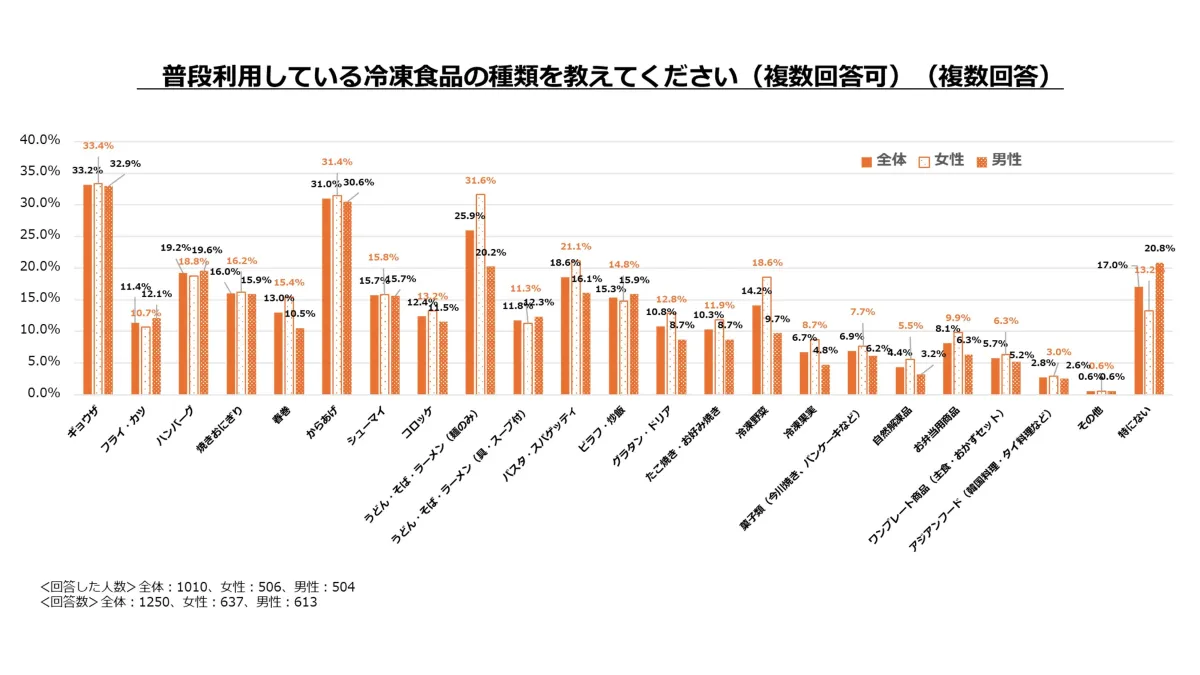
Survey Reveals Student Living Costs and Food Habits Amid Economic Challenges
Food Habits and Costs of Single Students in Japan
A recent research conducted by the Japan Frozen Food Association targeted 1,010 single students, including undergraduates and vocational students, nationwide. The survey aimed to uncover the challenges these students face in their daily food lives amidst a tough economy.
Key Findings from the Survey
1. Cooking Frequency: Approximately 36% of students reported cooking almost every day, while around 71.6% stated they cook at least once a week. Despite a strong commitment to self-cooking, many cited challenges such as finding cooking tedious (37.8%) and not having enough time (29%).
2. Monthly Food Expenses: More than half of the students manage on a budget of less than 20,000 yen monthly, with around 24% spending under 10,000 yen. This reveals a significant effort to manage expenses within limited financial means.
3. Nutritional Balance: When queried about the nutritional quality of their diets, opinions varied significantly by gender. While 27.2% of men felt positively about their dietary balance, 22.3% of women expressed doubts about their nutritional intake. Economic pressures made it tough for many to afford vegetables, and feelings of dissatisfaction with their meals were widespread.
4. Frozen Food Utilization: A remarkable 64.6% of students utilize frozen foods at least once a week, with 29.9% doing so 2-3 times a week. Many students positively rated the taste of frozen foods, with 57.7% claiming they found them delicious. Popular frozen choices included gyoza, karaage, and various noodles, indicating a strong preference for convenience without sacrificing taste.
Students' Perspectives on Cooking and Spending
Amid these findings, students expressed a range of sentiments about their cooking experiences. While some enjoyed cooking, others found it a hassle and reported unable to indulge in a varied diet due to budget constraints. Many noted that high prices for fresh produce limited their ability to eat healthily.
Cooking challenges were evident, with many students pointing out the time needed for both preparation and cleanup as significant barriers.
The Role of Frozen Foods
In light of these challenges, frozen food has emerged as a practical solution for students. With its easy preparation, extended shelf life, and affordability, frozen food allows students to enjoy a varied diet and save time while cooking. Seasonal living conditions can significantly benefit from such options, supporting students in maintaining a balanced diet amid their busy schedules.
Reasons to Embrace Frozen Foods:
1. Nutrients are retained through quick freezing methods.
2. Added convenience with minimal meal prep required.
3. Long shelf life for economical purchasing.
4. Provides a variety of easy-to-prepare options, strengthening meal choices.
Conclusion
The challenges faced by single students today reflect broader economic trends impacting food choices. Frozen foods not only bridge the gap between nutrition and convenience but also offer a practical means for students to navigate the complexities of self-catering under financial constraints. With a little creativity, even a limited budget can lead to satisfying meals.
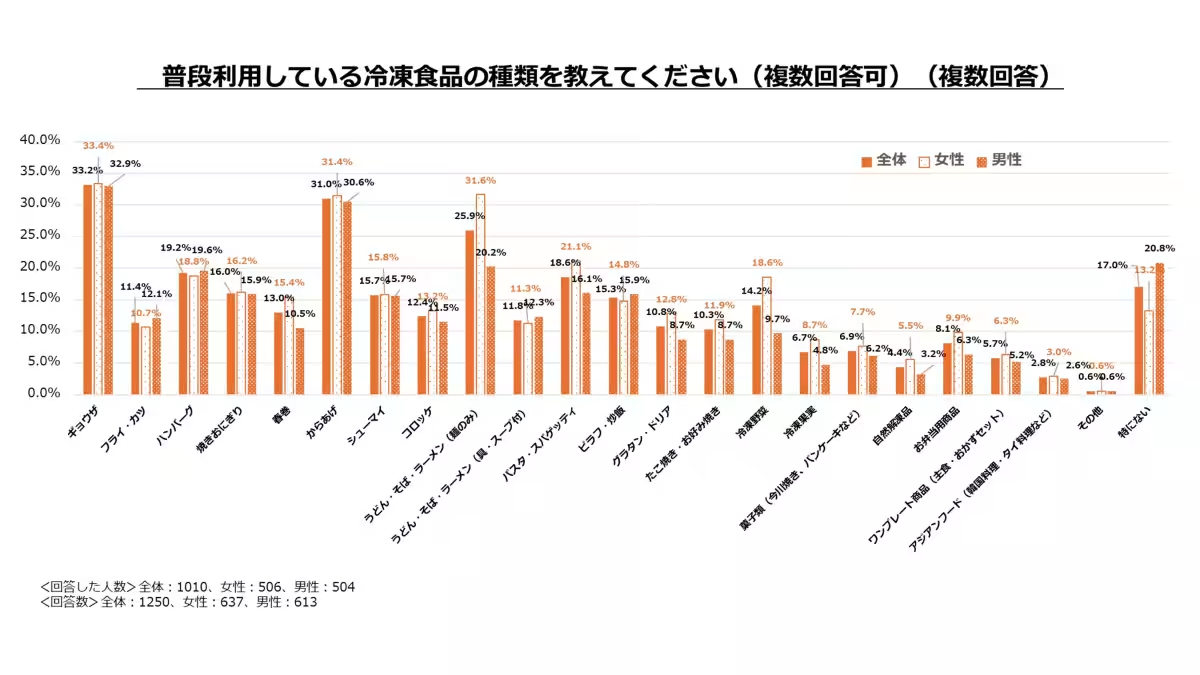
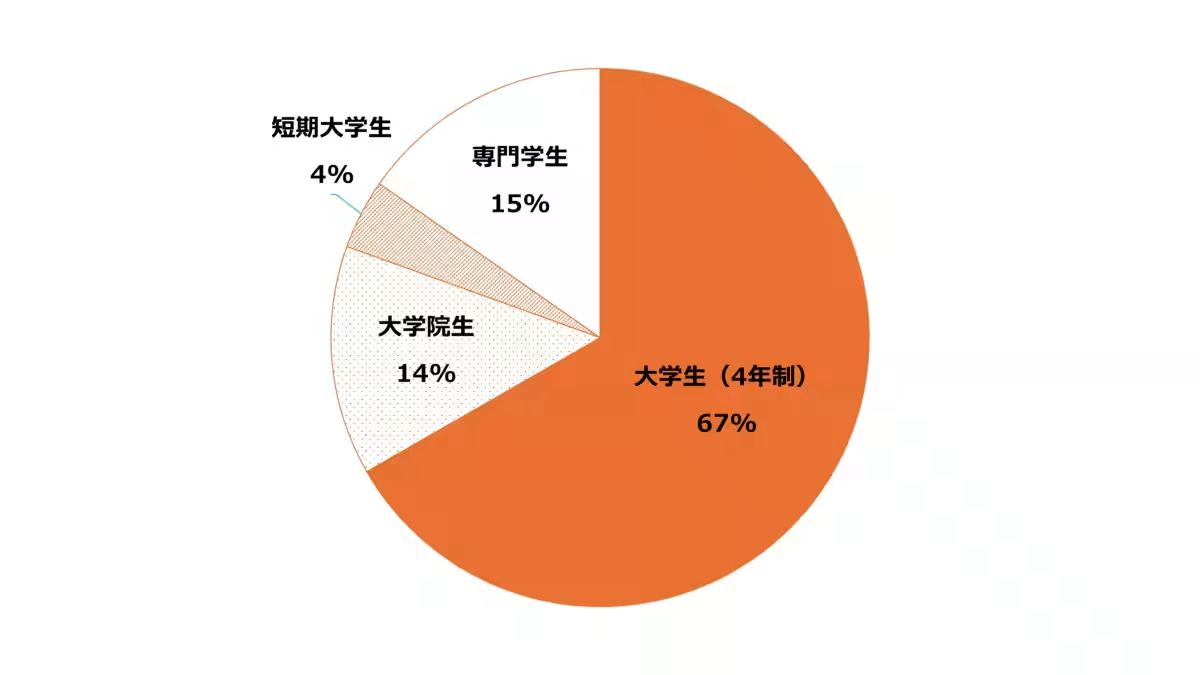


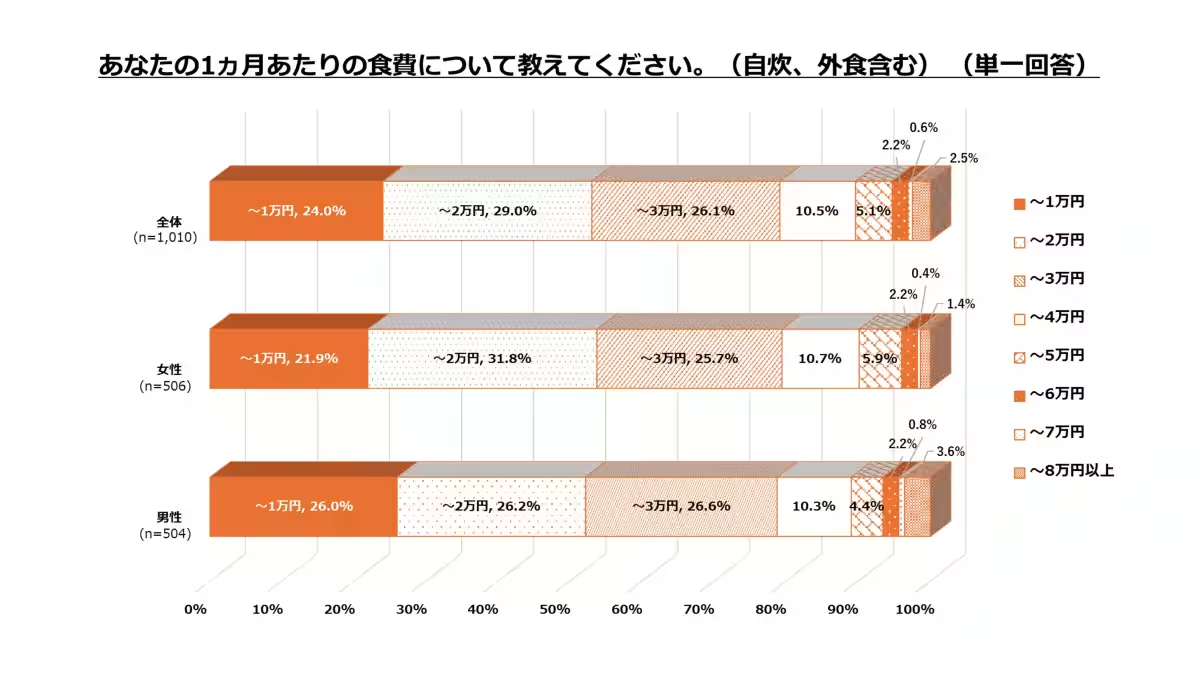

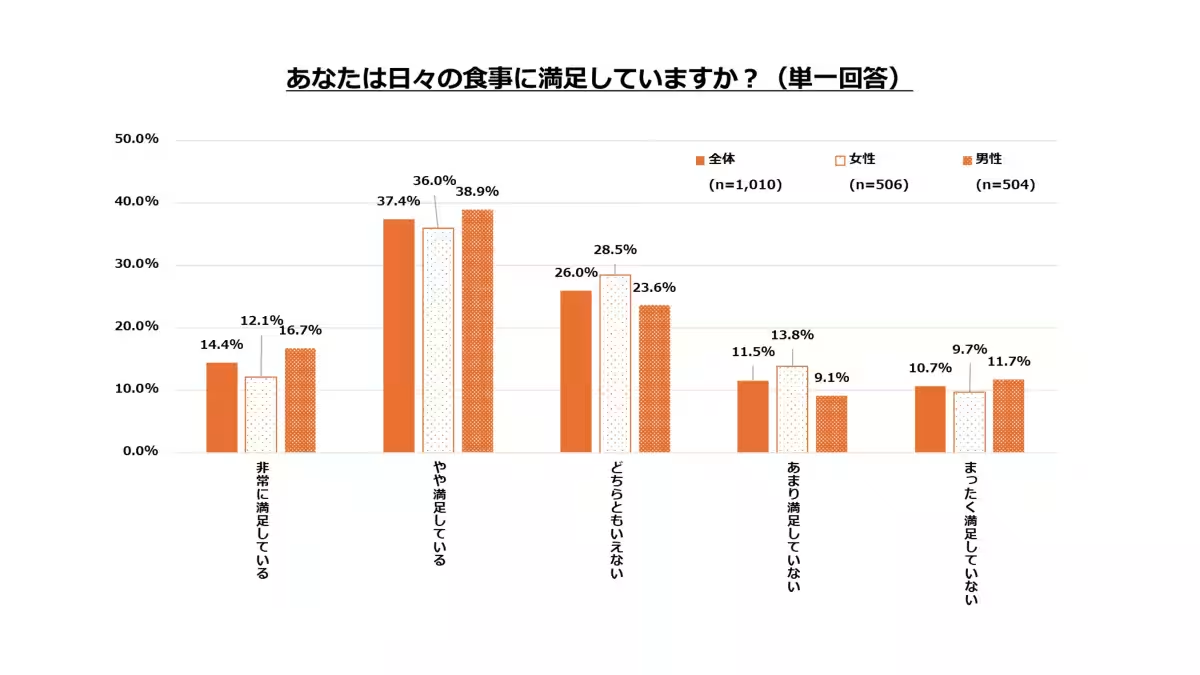
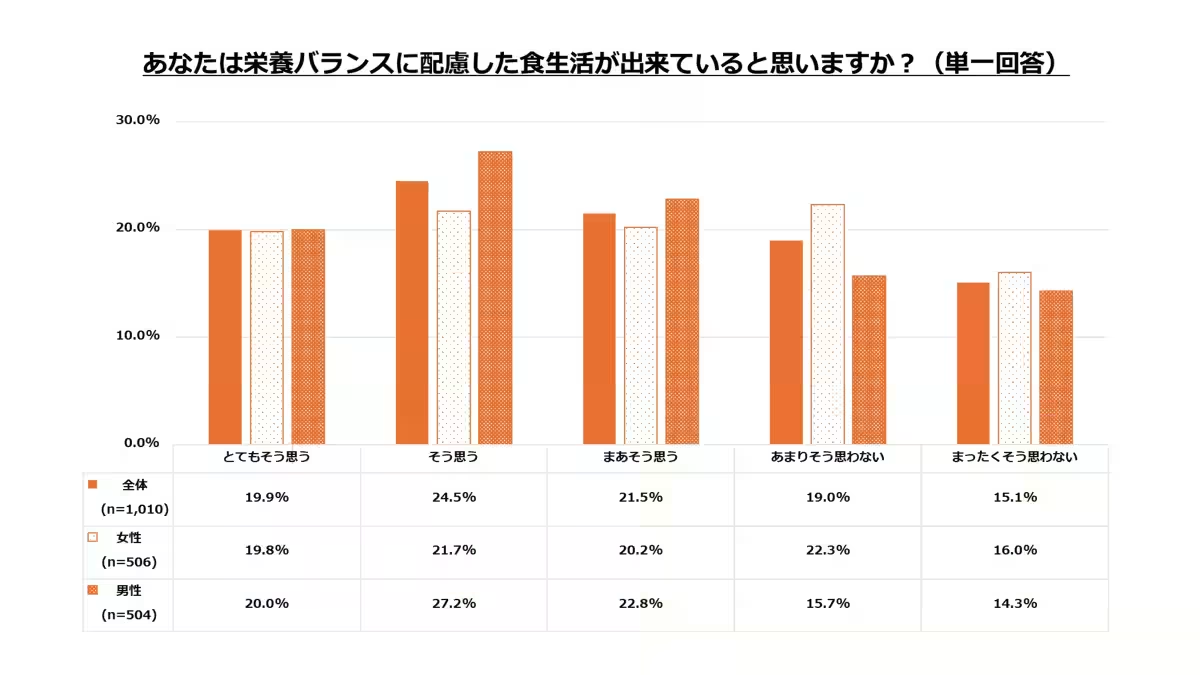
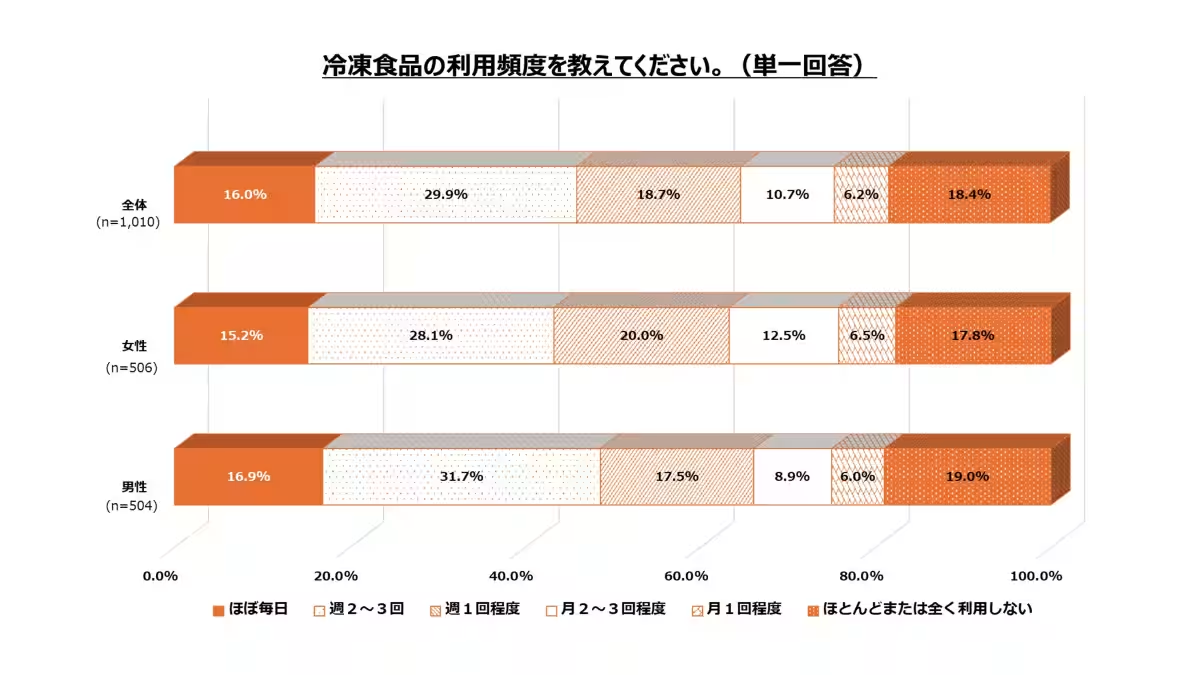

Topics Consumer Products & Retail)










【About Using Articles】
You can freely use the title and article content by linking to the page where the article is posted.
※ Images cannot be used.
【About Links】
Links are free to use.